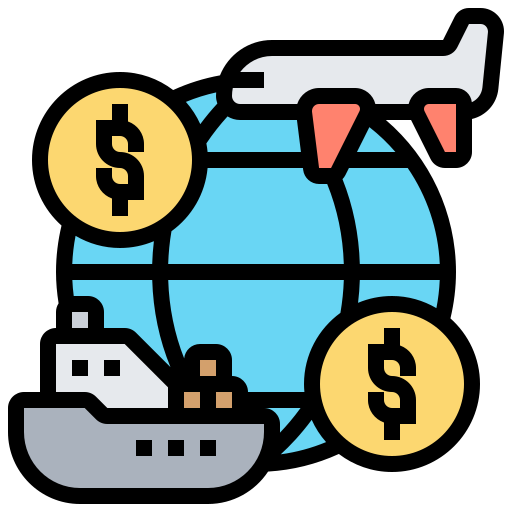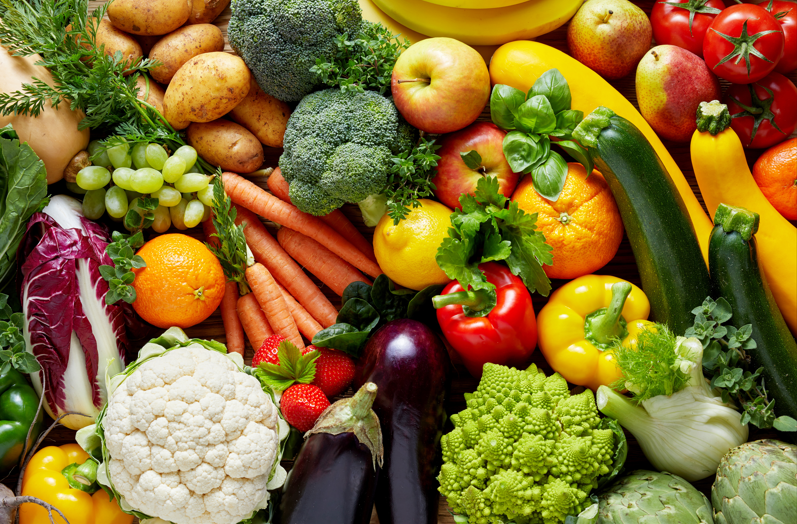Part A Self Introduction
自己紹介をする

Part A_1 Self Introduction
Let’s introduce ourselves to each other.
My name is ________. What is your name?
Part A_2 Self Introduction
I am ________. Nice to meet you.


Part A_3 Self Introduction
Nice to meet you too, ________. What did you do yesterday?
Part A_4 Self Introduction
| Answer: |

Part B Vocabulary
Let’s check the meaning and pronunciation of English words.

Part B_1 Vocabulary
We’ll read aloud the words below. Please repeat after me. I will check your pronunciation.
(Please send the mispronounced words and expressions to your student.)
講師の真似をして単語を発音しましょう。
Part B_2 Vocabulary
 |
trade
貿易
|
 |
import
輸入する |
 |
coat
コート
|

|
sell – sold
(sellの過去分詞)売られた
|
 |
interdependent
たがいに依存する
|


Part B_3 Vocabulary
Now, let’s review some words from part B_2.
(Please review the mispronounced words and expressions from part B_2.)
復習しましょう。
Part B_4 Vocabulary

Part C Share your Opinion
Answer the questions based on the situations.

Part C_1 Share your Opinion
Japan imports many vegetables from overseas.
Think about the good and bad points of domestic and imported vegetables.
Think about the good and bad points of domestic and imported vegetables.
日本は海外から多くの野菜を輸入しています。
国産野菜と輸入野菜の良い点、悪い点を考えてみましょう。


Part C_2 Share your Opinion
Which is cheaper, domestic or imported vegetables?
Part C_3 Share your Opinion
| Answer: |


Part C_4 Share your Opinion
Which choice can support domestic farmers?
Part C_5 Share your Opinion
| Answer: |


Part C_6 Share your Opinion
Which is better for the environment?
Part C_7 Share your Opinion
| Answer: |


Part C_8 Share your Opinion
Great answers! Next, please share your opinion on domestic and imported vegetables.
Use the phrases to express your agreement or disagreement.
Use the phrases to express your agreement or disagreement.
素晴らしい答えでした!
次に、国産野菜と輸入野菜について、あなたの意見を聞かせてください。
賛成、反対を表現するフレーズを使いましょう。
次に、国産野菜と輸入野菜について、あなたの意見を聞かせてください。
賛成、反対を表現するフレーズを使いましょう。
I think it’s better to buy domestic vegetables because we can support domestic farmers. What do you think?

Part C_9 Share your Opinion
| Answer: |


Part C_10 Share your Opinion
I think it’s better to buy imported vegetables because they are cheaper than domestic ones. What do you think?

Part C_11 Share your Opinion
| Answer: |


Part C_12 Share your Opinion
Thank you for sharing your opinion. That was a job well done!
考えを聞かせてくれてありがとうございました。よくできました。
考えを聞かせてくれてありがとうございました。よくできました。
Part D Passage reading
Read the dialogue and passage.

Part D_1 Passage reading
Let’s read the passage below.
パッセージを読みましょう。

Part D_2 Passage reading
Trade between Japan and the World
Japan, like most countries, depends on international trade to survive.
For example, one-third of the chicken we eat is imported from countries like Thailand and Brazil. Fried chicken would be expensive in Japan if we didn’t import it from these countries. Also, we import about 90 percent of shirts, pants, coats, and other clothing products from China and other Asian countries.
Many of the products sold by Japanese companies are produced in foreign countries. Electronic gadgets, too.
There is an increasing relationship between us and other countries. Beyond our borders, we must continue to help one another.


Part D_3 Passage reading
Now, let’s review some words and expressions.
(Please review the mispronounced words and expressions from the passage.)
復習しましょう。
Part D_4 Passage reading

Part E Comprehension Check
Answer the questions and check your grammar. Make sure you understand the content.

Part E_1 Comprehension Check
Now, you will answer the questions based on the passage. I will check if your sentences are complete and if the grammar is correct.
(Please send the sentences that need grammar corrections to your student.)
質問に答えてみましょう。

Part E_2 Comprehension Check
| 1. | Where is one-third of the chicken we eat imported from? |
Part E_3 Comprehension Check
| Answer: |


Part E_4 Comprehension Check
| 2. | What must we do beyond our borders? |
Part E_5 Comprehension Check
| Answer: |


Part E_6 Comprehension Check
Now, let’s review your answers.
(Please review your student’s answers by sending the correct answers in complete sentences. After that, ask your student to read aloud his or her corrected answers.)
復習しましょう。
Part E_7 Comprehension Check

Part F Answer Questions
Answer the question based on your own opinion.

Part F_1 Answer Questions
Now, you will answer the question based on your own experience. I will check if your sentence is complete and if the grammar is correct.
(Please send the sentences that need grammar corrections to your student.)
質問に答えてみましょう。

Part F_2 Answer Questions
| 1. | Did you know that our lives are surrounded by products imported from overseas? |
Part F_3 Answer Questions
| Answer: |


Part F_4 Answer Questions
| 2. | If we did not import meat from overseas, what food could we not eat? |
Part F_5 Answer Questions
| If we _____ not import meat from overseas, we ______ not eat _____________. |


Part F_6 Answer Questions
| 3. | Which do you think is better, domestic products or imported ones? Why do you think so? cheap – expensive safer or not good or not good for the environment |
Part F_7 Answer Questions
| Answer: |


Part F_8 Answer Questions
| 4. | What can we do to build good relationships with people from overseas? |
Part F_9 Answer Questions
| Answer: |


Part F_10 Answer Questions
Now, let’s review your answers.
(Please review your student’s answers by sending the correct answers in complete sentences. After that, ask your student to read aloud his or her corrected answers.)
復習しましょう。
Part F_11 Answer Questions

Part G Free talk
Talk about the following topics.
フリートークをしてみよう

Part G_1 Free talk
Let’s do a free talk about the following topics.
(Please do a free talk if you have time left.)
フリートークをしましょう。


Part G_2 Free talk
What are your goals for this year?
What do you want to try this year?
What do you want to try this year?
Part G_3 Free talk
| Answer: |


Part G_4 Free talk
What are you going to do after school today?
Part G_5 Free talk
| Answer: |
